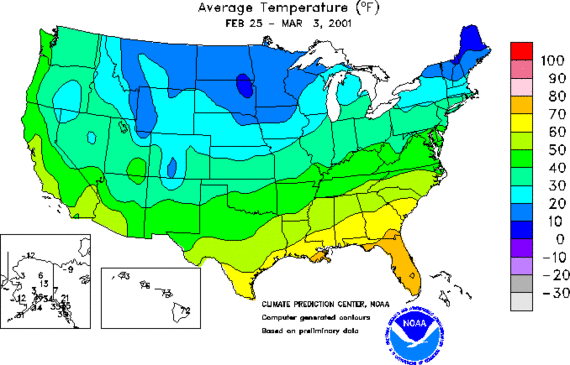
On a beautiful Colorado evening earlier this week, on the delightful cusp between summer and fall, global warming paid us an unexpected visit.
The sky was an exquisite blue except for a few white clouds overhead like pillow sculptures, so close it seemed we could touch them. Several of us gathered on a neighbor's deck for a cook-out. When the dinner hour came, our designated chef opened the lid of the grill, then immediately slammed it shut, startling the rest of us.
It was a rat -- healthy, fat and lounging on a nest it had built in the grill.
When the story got around the neighborhood, other families reported their own rat encounters. One family covered its deck furniture before going on a trip. When they came home, they found that rats had shredded the furniture and built nests with the stuffing. Other neighbors reported catching two, three, four and even six of the vermin.
Rats are not unheard of in Colorado, but my wife and I have lived here since 1995 and had never seen one in our neighborhood, let alone lots of them. It may be they decided to move to the foothills for a different lifestyle. It is more likely, however, that something else is afoot.
The rat in the grill wasn't the first case of an unexpected arrival here. One friend, a jogger, reports seeing salamanders on the trail for the first time. Sitting outside our cabin in the mountains earlier this year, my wife and I saw a four-foot rattlesnake slithering along the ground a few feet away. Until then, we believed the common assumption that rattlesnakes do not hang out at 9,000 feet, the elevation of our cabin. In fact, some studies conclude that rattlesnakes are seldom found above 7,000 feet.
Again, we don't know why these critters have moved into the neighborhood, but their appearance is consistent with one of the observed consequences of global warming: species following the northward and upward movement of isotherms, those bands of different pressures and temperatures on the Earth's surface. The journal Science has published research on 2,000 species around the planet that are moving north at a rate of 15 feet a day and to higher and cooler elevations at about 40 feet every 10 years. 
"Biological systems have already changed pretty much everywhere as a consequence of climate change," according to Chris Thomas, a professor of conservation biology in Great Britain. "It is not something that will happen in the lifetimes of our grand children. It is already underway."
The changing climate is forcing species into tough choices: adapt at record speeds to warming temperatures, die off, or invade new territory.
Even trees are migrating north, including sugar maples that are moving from the northeastern United States toward Canada at a rate of 62 miles a century. While that seems a long way off, a more immediate concern is whether climate change is causing temperatures to change during the critical weeks of the sugar season. Vermont alone produces 40 percent of America's maple syrup supply -- largest in the nation -- and 5.5 percent of the world's supply. All of America's maple-sugar-producing states -- New York, Maine, Ohio, Pennsylvania, New Hampshire, Michigan, Wisconsin, Massachusetts and Connecticut as well as Vermont -- contribute more than $130 million annually to the national economy. In 2012, the price of a barrel of maple syrup was approximately 13 times a barrel of crude oil. As industry spokesmen note, "The industry depends on a fairly predictable stretch of frigid nights and warm days from late February through March -- any prolonged break in that pattern could wreak havoc."
Sportsmen and anglers have noticed changes, too. A coalition of nine hunting and fishing organizations issued a report in 2008 on how global warming is affecting fish and game habitat. They predicted that more than 40 percent of the nation's trout and salmon habitat will be lost before the end of the century. Some game fish will be driven to extinction as their cold water habitat disappears.
Some of the nation's 37 million hunters and anglers have formed a group called Conservation Hawks. "Climate change is the single most important threat we face," the organization explains on its website. "No other issue has the potential to change our world in such radical ways, or to deny our kids and grandkids the opportunity to hunt and fish as they grow older."
The National Wildlife Federation surveyed hunters and anglers two years ago. Although these sportsmen and women tend to be conservative, 59 percent agreed that global warming is underway, including majorities in every region of the United States. Fifty-seven percent said they want EPA to crack down on carbon pollution; 72 percent agreed that renewable energy technologies would create jobs while reducing global warming.
Before the isotherms march much farther north, hunters, anglers, farmers and everyone who dislikes rats in their BBQ grills would be wise to march east to Washington, D.C., and to their closest polling places this November. We should do something about the fact that isotherms are moving faster than Congress.
Back here in Colorado, the state animal is the Rocky Mountain Bighorn Sheep, at least for now. In the not-too-distant future, it may have to compete for the title with the Armadillo.
P.S.: The rat in the grill escaped, apparently terrified by all the screaming. We think it is now living in the neighbor's furniture.
